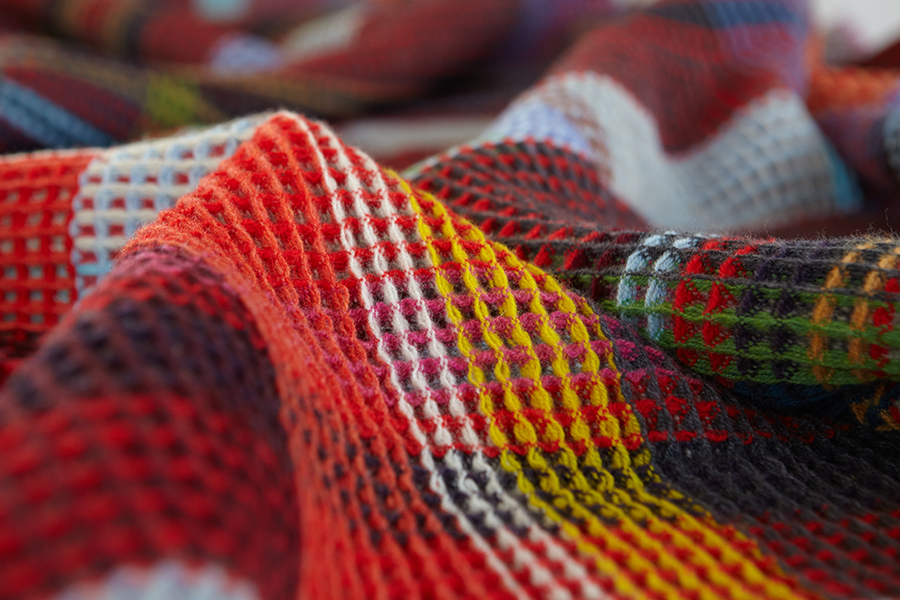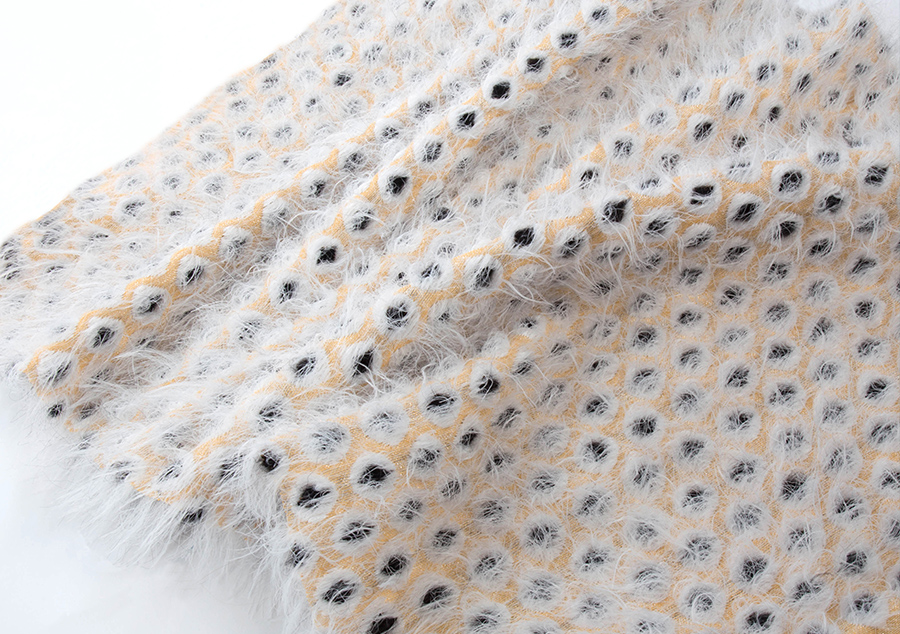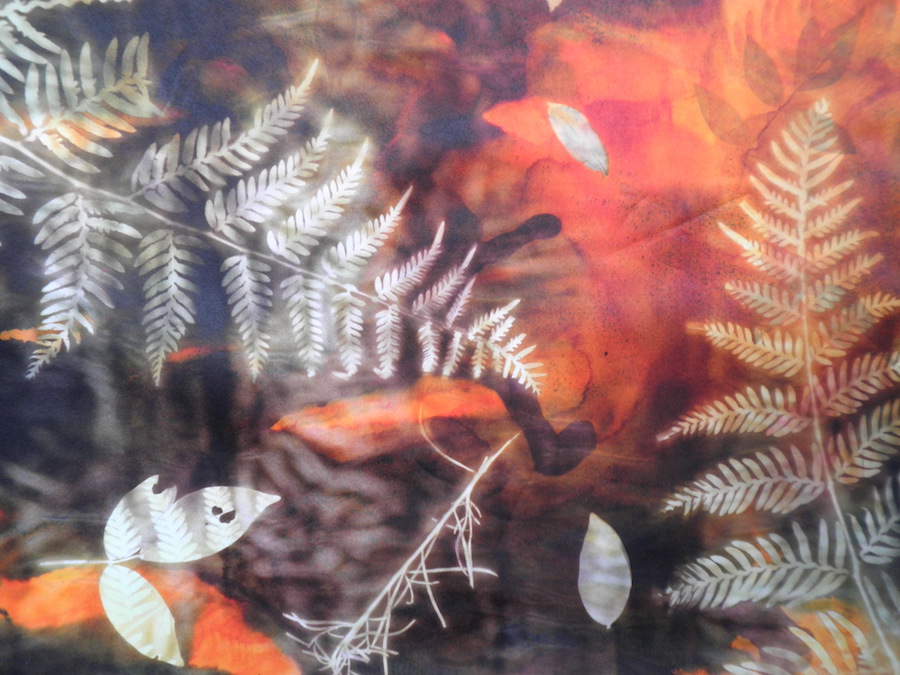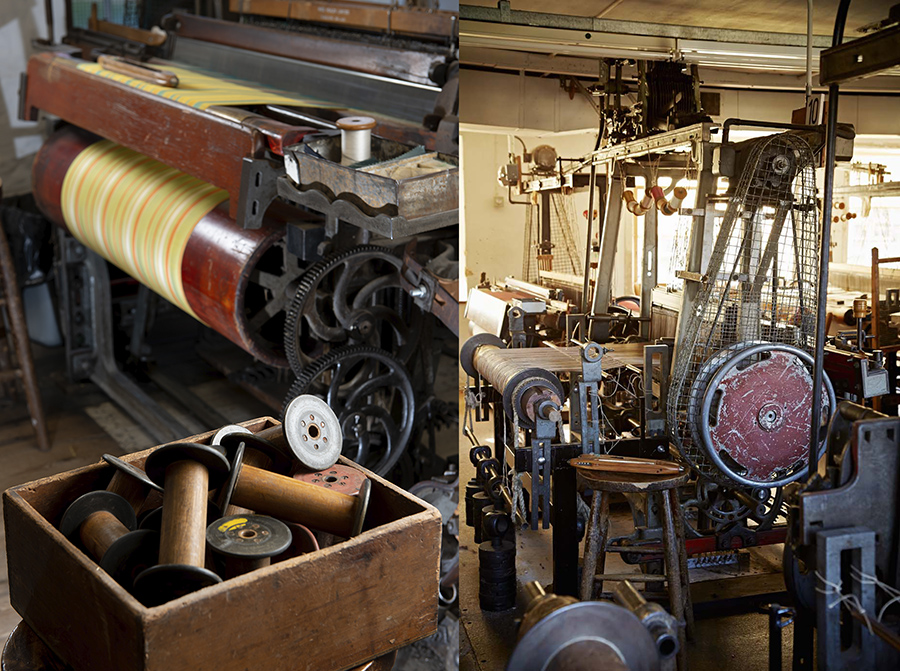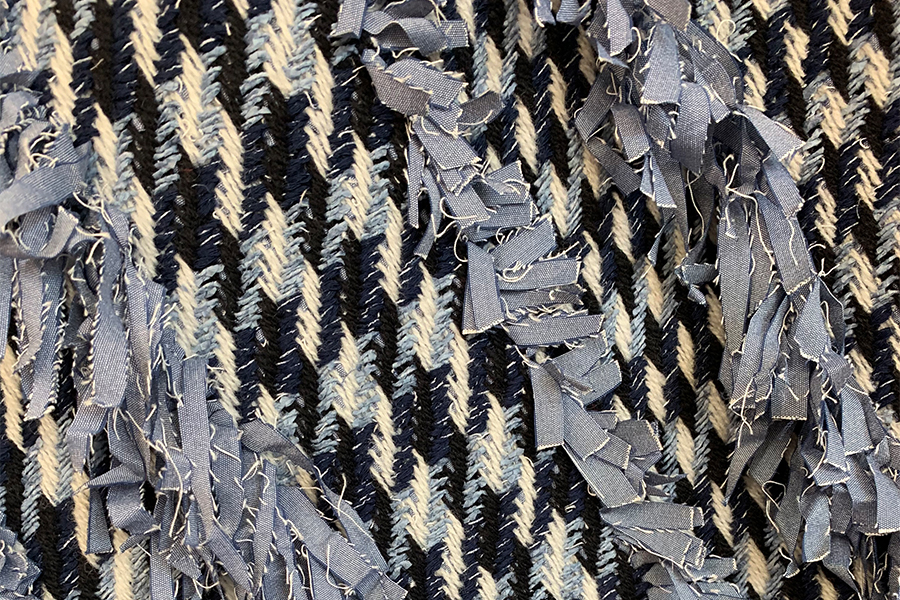 ReWeave R&D Project Lead is an exciting opportunity for a Postgraduate or Post-Doctoral Researcher (or equivalent demonstrable industry/research experience) to work as the Research & Development (R&D) Project Lead to facilitate a collaborative project with ReWeave – a woven textile studio based in London and Hastings that has been awarded funding within the BFTT R&D SME Support Programme.
ReWeave R&D Project Lead is an exciting opportunity for a Postgraduate or Post-Doctoral Researcher (or equivalent demonstrable industry/research experience) to work as the Research & Development (R&D) Project Lead to facilitate a collaborative project with ReWeave – a woven textile studio based in London and Hastings that has been awarded funding within the BFTT R&D SME Support Programme.
The aim of the project is to develop R&D around sustainable woven textile design and manufacture using industry waste fabrics.
The role involves working collaboratively with Academic Mentors from the Centre for Circular Design and Textile Futures Research Community at University of the Arts London and the Company Lead at the Reweave Ltd.
You can find more information about the role here.
Instagram:@re_weave_
With thanks to BFTT and Kirsty McDougall for text & images


